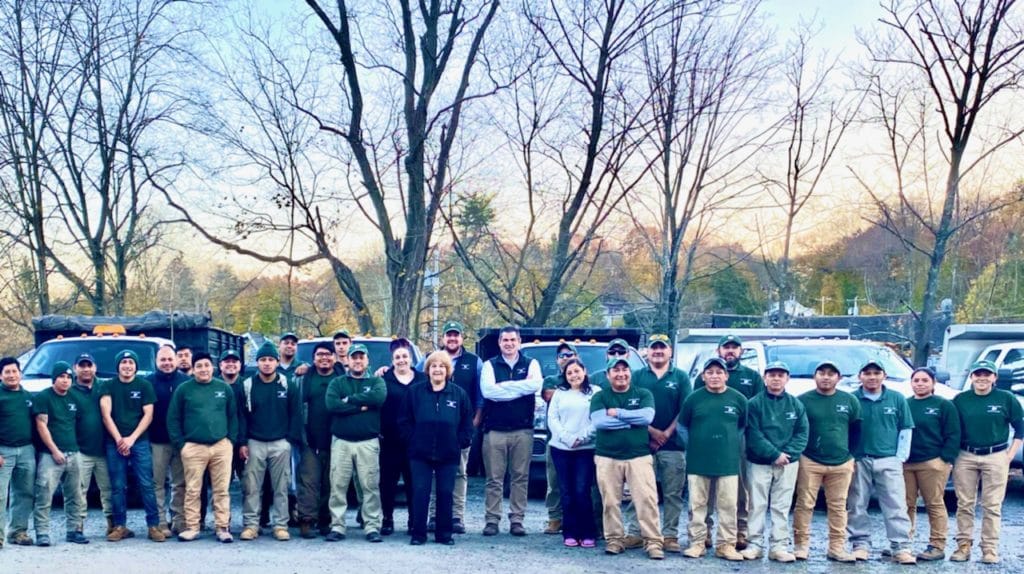What Happens to Plants in the Winter?
Any state with four seasons, including New York, witnesses the lifecycle of plants every year. Flowers and plants bloom in the spring, blossom in the summer, begin to wane in the fall, and die out in the winter. Some plants come back in the spring, and others don’t. Either way, what happens to plants in the winter? In this post, Maple Leaf Associates Inc. explains what you need to know.

Annuals, Perennials, and Evergreens
Annual plants die when temperatures cool in the winter. However, annual plants’ seeds create new growth when germinated in the spring. The seeds typically fall to the ground, are blown around by the wind to another location, or are consumed by birds and animals that pass them in other areas.
Perennials come back every season. In order to do this, they go dormant in the winter. On the other hand, Evergreens perform photosynthesis throughout the year, but at a lesser rate in the winter.
Winter Dormancy
As winter nears, several things happen to signal perennials to prepare for dormancy. First, the days become cooler, and the temperature drops. Then, the color spectrum, which impacts photosynthesis, changes. As photosynthesis draws to a close, the leaves turn colors and eventually fall. During winter dormancy, perennials use nutrients reserved during warm months.
Winter Water Loss
Water is scarce in the winter. Perennials and evergreens address this challenge in several ways. Trees that produce sap include water they can draw while thawed. Moreover, the snow-covered ground provides insulation so that plants and trees can draw water through the soil. Most conifers and evergreens contain needles that absorb snow’s moisture.
Dormant plants require less water in the winter months. Therefore, the minimal water they draw in the described ways usually provides a sufficient water resource during dormancy. Trees, shrubs, and plants with leaves drop them in the winter, which helps reduce the amount of water required for survival.
Evergreens and most conifers collect snow on their branches. Their branches often point down to relieve the pressure from the weight of the snow. Additionally, their wood fibers allow the branches to be more flexible to support the extra weight. Finally, the needle’s base is often dark in color, enabling it to maintain heat. These factors allow these types of trees and plants to survive through the winter.
Landscaping Service in All Seasons
No matter the season, Maple Leaf Associates has something to offer. Whether landscape design, snow removal, lawn mowing, or seasonal displays, we gladly serve residents in Westchester County. View our portfolio, request a free quote, or call (845) 526-2024 to speak to a landscape professional.